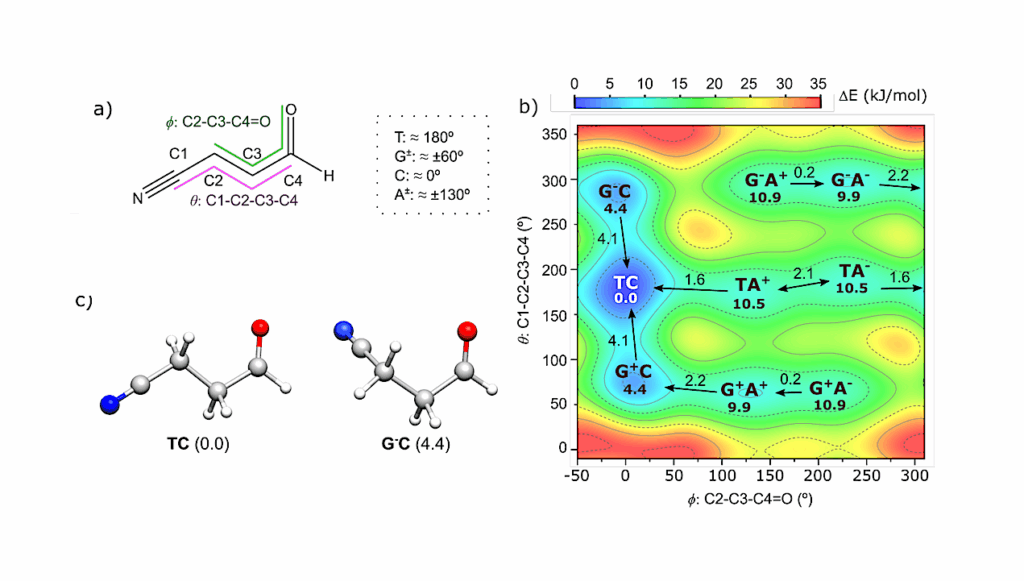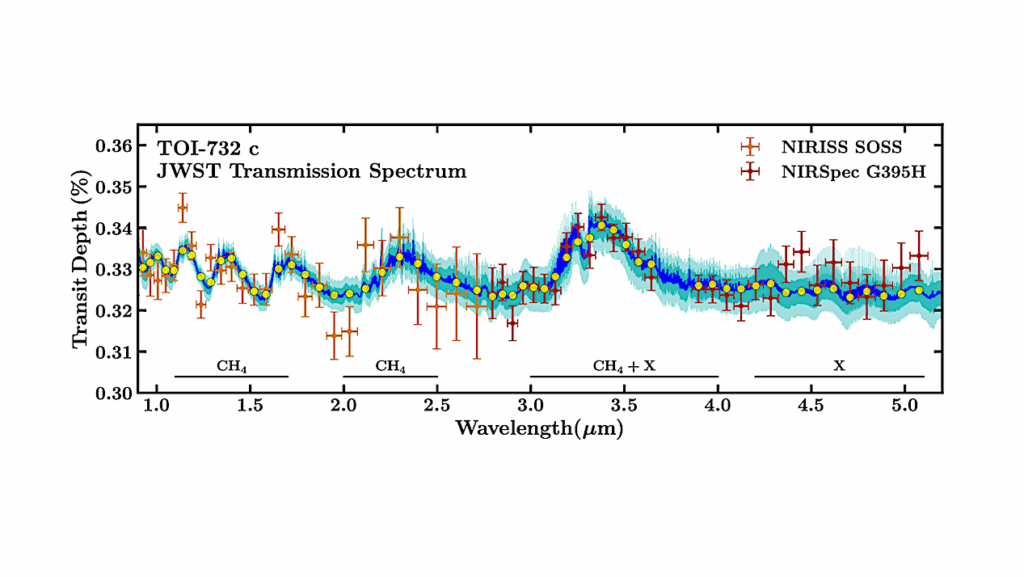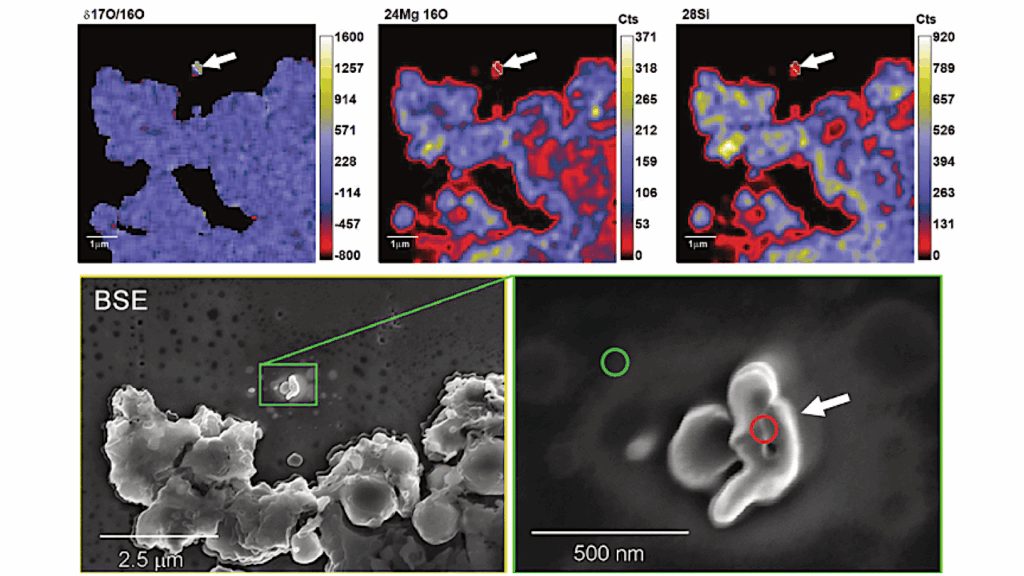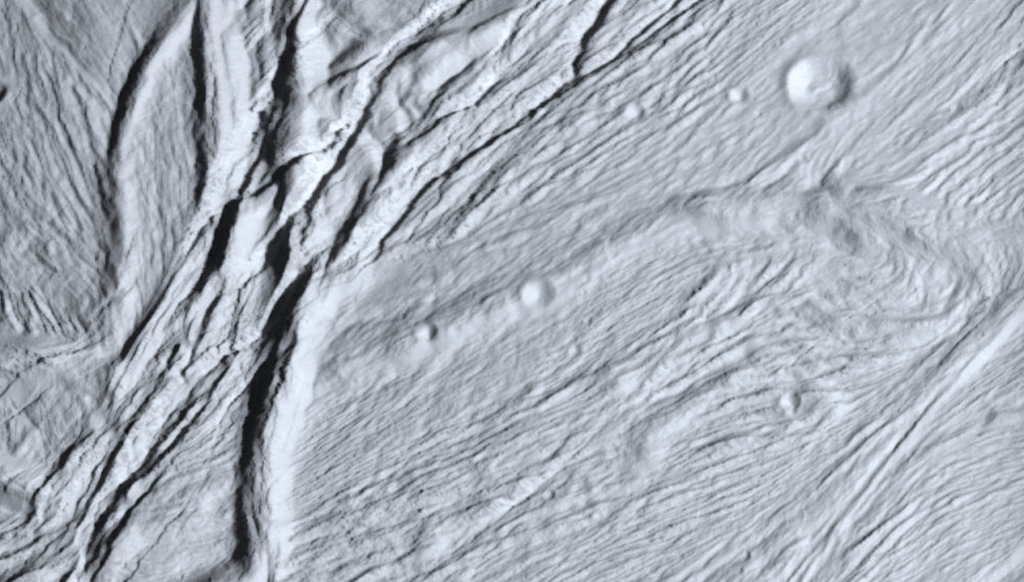A Critical Examination Of The PAH Hypothesis

The polycyclic aromatic hydrocarbon (PAH) hypothesis proposes that the aromatic infrared bands (AIBs) observed at 3.3, 6.2, 7.7, 8.6, 11.3, and 12.7 mic originate from gas-phase PAH molecules.
These bands exhibit consistent peak wavelengths and profiles in diverse sources, and ISO SWS and JWST spectra show a nearly identical red wing of the 3.3 mic AIB and blue wing of the 11.2 mic AIB in the dominant Class A sources.
This spectral uniformity suggests that the AIBs arise from a small, well-defined set of gas phase PAH species, regardless of the excitation conditions or the nature of the source such as HII regions, reflection nebulae, planetary nebula, young stellar objects, or the diffuse interstellar medium. However, a small number of gas phase PAH species is inconsistent with current modeling of the AIBs that require a wide range of PAH types and sizes.
It is also inconsistent with the lack of observed UV and optical absorption bands from gas phase PAH molecules. Furthermore, there is no plausible formation pathway to produce only a small number of specific PAH molecules in the interstellar medium. These issues require quantitative investigation in order to definitively establish gas-phase PAH molecules as the carrier of the AIBs.
Alan T. Tokunaga, Lawrence S. Bernstein, Takashi Onaka
Comments: accepted for publication by MNRAS
Subjects: Astrophysics of Galaxies (astro-ph.GA)
Cite as: arXiv:2510.26970 [astro-ph.GA] (or arXiv:2510.26970v1 [astro-ph.GA] for this version)
https://doi.org/10.48550/arXiv.2510.26970
Focus to learn more
Related DOI:
https://doi.org/10.1093/mnras/staf1874
Focus to learn more
Submission history
From: Alan Tokunaga
[v1] Thu, 30 Oct 2025 19:53:04 UTC (3,018 KB)
https://arxiv.org/abs/2510.26970
Astrochemistry, Astrobiology, Astronomy,








